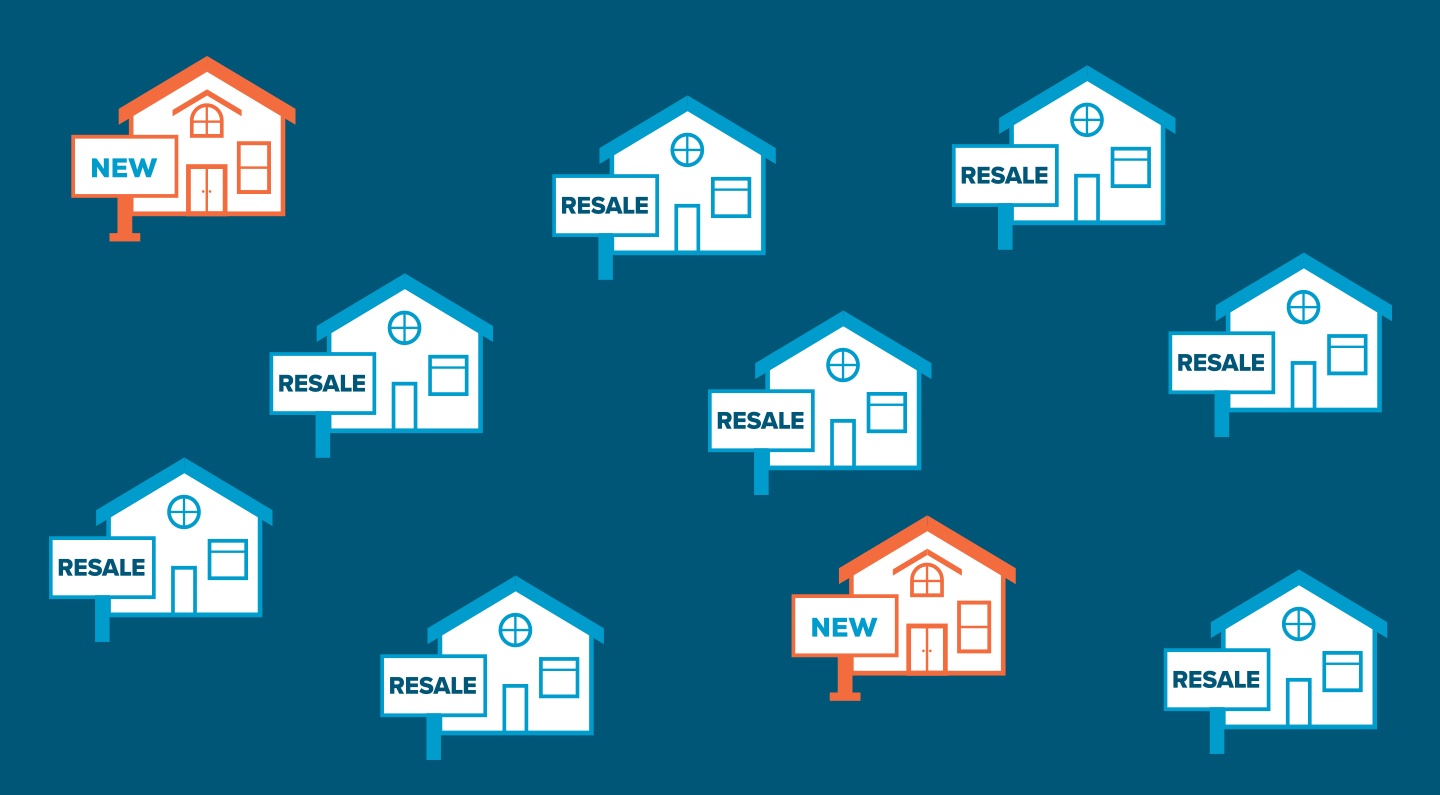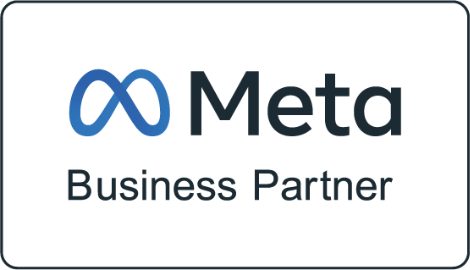Short attention spans and their benefits to the marketing world
There’s so much information out there, we can barely stay focused.
That is, our attention spans are actually shrinking because there’s an over-abundance to experience.
We don’t want to miss anything.
We have the internet on our phones and our phones almost always in our hands.
The average American checks their phone about 58 times and spends 5.4 hours per day on their phone.
But wait, you say, that sounds like a long time. That must mean our attention spans aren’t that bad, right?
Nope.
Of those 58 times you check your phone each day, about 41 (70%) last less than 2 minutes. And—in a shocking fact of how much we all can pay attention to real life—50% of the time, you check your phone within 3 minutes of the last time you were on your phone.
See? Short attention span.
So, armed with this knowledge, what do we do as marketers to make sure our messages get through?
The answer is simple: we create a buffet of snackables.
Snackable content is easily digested
Snackables are small pieces of content that are compelling, engaging, and easy to share.
Think of them as short-attention-span theater. They are not always quick to compose, but they are definitely worth it when it comes to grabbing the attention with customers suffering from low attention spans.
Nietzsche once said, “It is my ambition to say in ten sentences what others say in a whole book.” This is the philosophy of snackables, which is extremely appealing to those of us with short attention spans.
As of July 2021, 56.75% of all internet traffic is mobile. By being brief snippets of information, snackable content maximizes mobile real estate and optimizes mobile viewing time.
Consider this: most people (67%) rely on content to research and inform purchasing decisions (consuming 3-5 pieces of content before they engage with a salesperson), 44% prefer mobile-optimized content, and 43% want prefer shorter format content. Snackables feed all these consumer preferences in one bite!
But it’s not just B2C marketing on social media that benefits from snackables. Indeed, B2B marketing can see a tasty boost as 81% share business-related content with their LinkedIn network. The fact that 40% want B2B content to be shorter, shows B2B consumers are looking to share a snack instead of a whole meal.
How should you use snackables to attract short attention spans?
As stated before, consumers need multiple pieces of content before they make the decision to even inquire about purchasing your product. Snackables are the samples at Costco, then, that sit at the top of your sales funnel enticing possible customers to continue figuratively eating your product.
Keep in mind: snackables entice, they don’t sell. Their purpose is to get more eyes seeing your company and giving the brains behind those eyes enough information to desire to learn even more about your product.
And the research backs this up. In their 2020 B2B Content Marketing report, CMI found that 88% of the most successful marketing messages prioritize providing their audience with information, not sales messages. CMI also discovered that 74% of marketers are creating content for specific stages of the customer journey. 50% of these marketers are focusing on top-of-funnel marketing. Also, two of the top three marketing priorities reported are improved content distribution and promotion (46%) and focusing on improved content quality/quantity (46%). Snackables satisfy all these cravings!
Let’s expand our Costco sample comparison. Here’s what those samples really do. Your family is shopping, and you break off from them and follow the expert calls of the sample preparers (a siren’s song for those who shop while hungry). You find, you taste, you like, you listen. And then, you return to your family and tell them all about what you just ate.
And what does your family do? They all come over to the samples and try them. Then, you all take turns persuading each other to purchase a big box of whatever the nibbles were (just look at the price for all those servings and they are just heat and eat!).
Then your friends visit, and you share the nibbles. Your friends love them and tell their friends and family, continuing to spread the word. That little snack you had at the store was shared and enjoyed, and it’s organic marketing was amplified. This is exactly what happens with snackables!
But before you reap the tasty rewards of snackables, you need to develop a snackable plan. Here’s a little guide on what should be on your plan of a-snack (sorry, not sorry)!
What snackables should you create?
There are three types of content that should be the focus of your snackable plan: listicles, infographics, and videos. These are the most easily digested. Let’s explore them a little more.
Top 3 Types of Snackable Content
1. Listicles
A listicle is a short, numbered list of things centered around a topic. It’s the combination (and portmanteau) of a list and an article. You are actually reading a tiny one right now: Top 3 Types of Snackable Content. Listicles present a burst of knowledge in a quick-read format, which makes them extremely sharable.
Since they focus on one topic, listicles center around specific keywords giving your SEO a boost. By being brief and numbered, they are considerate of your audience’s time, easily parsed to know how much is left to read, and automatically optimized for mobile viewing.
By providing your audience with a listicle, you are giving them many things to learn in one space. It’s for all these reasons why 81% of B2C consumers report listicles as their most popular content type for early-stage research. And remember, that’s the sweet spot for snackables: the first parts of the sales journey.
2. Infographics
Infographics are like listicles without most of the words to get in the way and distract short attention spans. They present facts and figures in a more graphical representation, simplifying the information into key points for even faster consumption.
Infographics also allow you to show off your design team and integrally brand your content. That is, your logo will be part of the artwork itself, which, when shared, will organically extend the reach of your brand.
Create infographics because they are popular with both B2C and B2B customers—72% of B2C buyers and 58% of B2B buyers report infographics as their favorite snackable to consume. Just like the listicles and other snackables, these are mostly food for the beginning of the sales journey. They provide information and value, but just enough to interest a short-attention-span consumer to want to learn even more about your company or product.
3. Videos
James L. McQuivey, VP & Principal Analyst at Forrester, once said (and we’re probably paraphrasing) one minute of video is equal to 1,800,000 words. What that means is: a short video packs a heck of a lot of flavor and Information.
The video snackables you create shouldn’t be full movies, though. To be snackable, they need to be more like movie trailers or teasers: just enough to whet the appetite, make your consumers want to learn more, and talk about the video, but not enough to give away the whole story.
Facebook has recommendations for its video ads, and there is a little to learn for regular snackable video. They say you should run a video ad of 15 seconds or less and should be built assuming the consumer is watching without sound. That is, a short burst of visuals, text, and information perfectly suited to experience and share.
Snackables vs short attention spans: A Conclusion
Now, you might be thinking that the information you’ll be supplying in videos sounds deliciously similar to that in a listicle or infographic. Guess what? You’re kinda sorta right!
These three types of snackables can all present the same sort of information in different ways attracting different audiences. This is one of the hidden superpowers of snackables: One keyword concept can lead to three snackables (almost a whole meal). They are also a great way to repurpose evergreen content, while keeping it fresh and engaging.
Snackables are not only samples to entice, but they also serve as hors d’oeuvres before the main course of your long-form content. They become gateway content, if you will, leading consumers with short AND long attention spans to the meatier portions of your marketing like your website, blogs, and white papers—and eventually to your sales team. Snack today, buy tomorrow!









